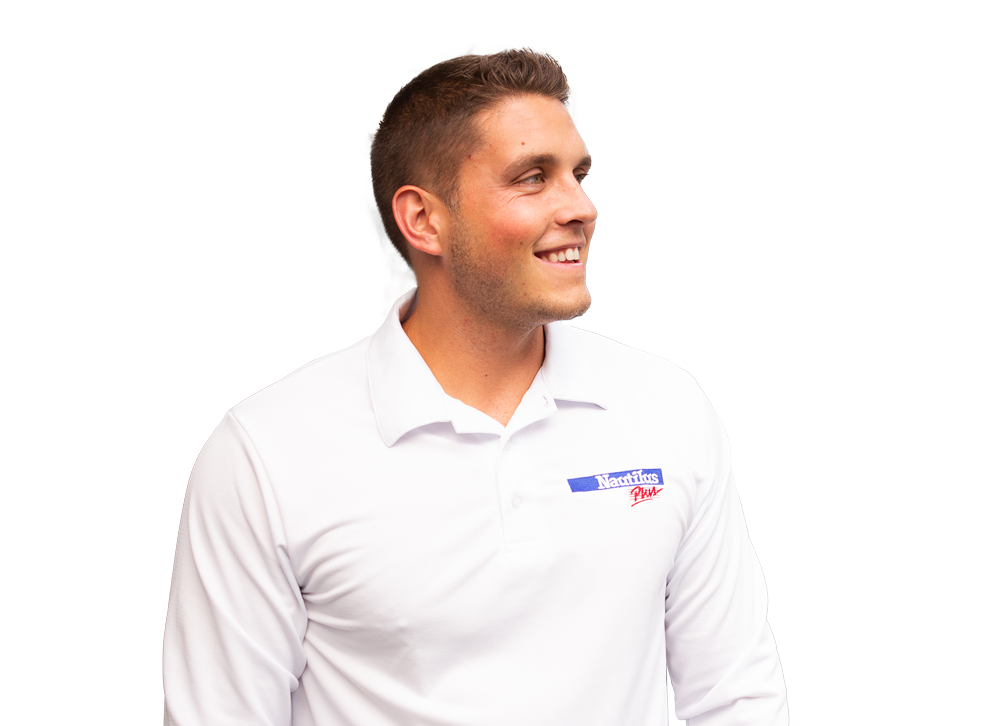
Used for decades in Russia and Eastern Europe by track and field athletes, plyometrics is a training method that combines power and speed. Initially, it was called “jumping” or “shock absorption” training. Today it is defined as the ability to “bounce” through the effects of rapid stretching and then rapid contraction of the muscles involved in dynamic exercises. For example, during a jump, as the muscles land, they absorb the movement and then rapidly contract again to jump.
Although plyometrics can be performed with the muscles of the upper body, it mainly involves the lower limbs, such as the glutes, quadriceps, and calves. It works on agility, coordination, and explosiveness by training the nervous system to contract the muscles quickly and efficiently.
Why include plyometric exercises?
For people like you and I, who train on a regular basis, it is a great way to improve our overall athletic performance and skills in various activities such as tennis, skiing, hockey, volleyball, obstacle courses and any activity that requires explosiveness. Plyometrics can also add variety to conventional workouts by making them more enjoyable.
Plyometric exercises are also used as an effective means of rehabilitation. Athletic therapists use this technique to quickly return athletes to their sport following an injury or as a preventative measure.
Concrete examples
Some plyometric exercises are done with props, such as a bench, cones, hurdles, hoops or a plyo box, but you can just as well work out without equipment. Here are some examples:
- Jumping squats
- Single leg hops
- Accelerations (sprinting)
- Clapping push-ups
- Burpees
- Explosive trunk pull
- Explosive bench press
- Jumps with or without a run-up
- Plyometric box jumps
- Jump lunges
- Lateral change of direction jumps
Who is plyometrics for?
Age, injury history, medical conditions, muscle base and strength training experience are some of the factors that should be considered before starting plyometrics. Be sure to work with a kinesiologist or qualified trainer who can guide you through the dynamic moves and gradually progress according to your fitness level. On the other hand, like any type of intense training, you will need to give your muscles a rest to recover adequately. The frequency of this type of exercise should be established with your kinesiologist to optimize your results.
So, did I succeed in getting you to try “jumping” into shape? 😉
References :
- Plyometrics – WebMed: https://www.webmd.com/fitness-exercise/a-z/what-is-plyometrics
- Current concepts of plyometric exercise – NCI National Center for Biotechnology Information Pub Med – https://www.ncbi.nlm.nih.gov/pmc/articles/PMC4637913/
- Pliométire : S’entrainer en sautant – La Presse – https://plus.lapresse.ca/screens/a21dbacc-f018-48b5-8754-0387ca775d5d%7C_0.html
What is plyometrics? is a post from Nautilus Plus. The Nautilus Plus blog aims to help people in their journey to fitness through articles on training, nutrition, motivation, exercise and healthy recipes.
Copyright © Nautilus Plus 2022

A session with a personal trainer will help you to progress!

Let's determine your fitness goals together and get some expert advice!
Make an appointment with a personal trainer
